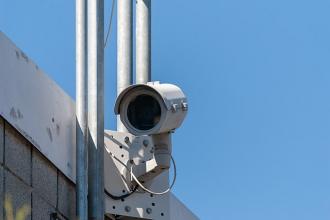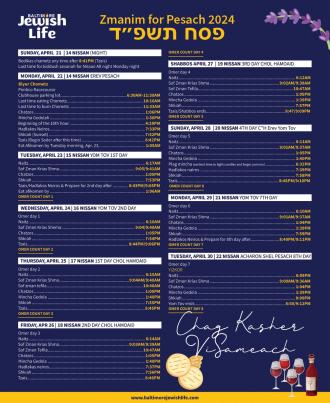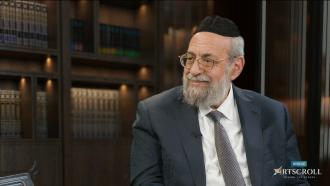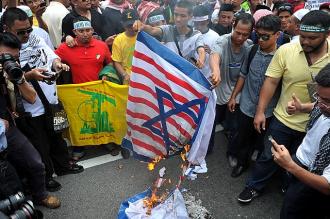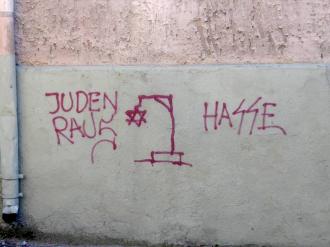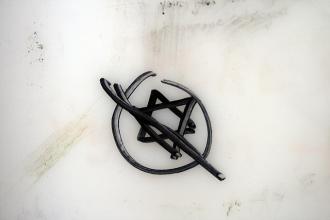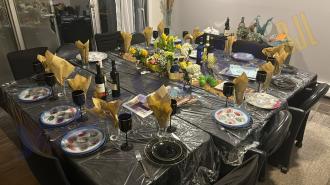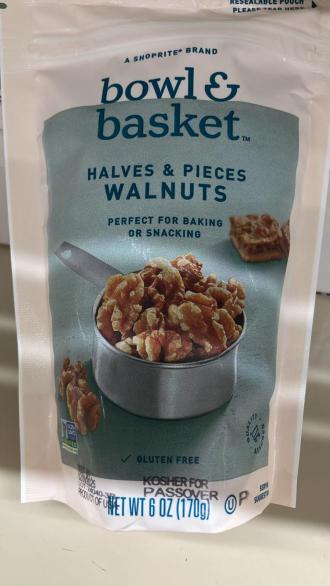Below we find some rulings from Rav Elyashiv, zatzal, in regard to both the Sukkah as well as the 4 Minim. Each of the Yamim Tovim has its own special avodah, method in which to serve Hashem and become ever closer to Him. Sukkos is called Zman Simchaseinu, the time of our joy. Although all Yamim Tovim are times of simchah, Sukkos is singled out as the one in which Zman Simchaseinu is the essence of the holiday.
The Nesivos Shalom explains that the Sukkah is a manifestation of “Heviani haMelech chadarav — the King has brought me into His inner room” (Shir HaShirim 1:4). After the Yamim Nora’im, during which Klal Yisrael has been elevated and purified, Hashem has given us the mitzvah of Sukkah. The Sukkah’s holiness is a revelation of Hashem’s intense love for His people, a love comparable to the love demonstrated when He was with us in the Beis HaMikdash itself.
This is why Sukkos has an extra dimension of simchah to it. We are a nation whose very essence thrives upon dveikus Bashem — closeness to Hashem. This is our true simchah. One manner in which we can further develop this bond is through the four ells of halacha. Like a patriotic soldier, lovingly adhering to the protocols of raising the nation’s flag, the flag of Hashem’s Mitzvos as taught to us by the leading sage of this past generation can certainly help further the bonds of Dveikus Bashem as well. The rulings below were culled primarily from the works entitled, Ashrei haIsh, Liknos Chochma, and the Chashukei Chemed.
SUKKAH
1. Generally speaking, there are only six Malachos that are partially or fully permitted on Yom Tov but forbidden on Shabbos. Building is completely forbidden on both Shabbos and Yom Tov, and instructing a gentile to do so is also forbidden – even for the Mitzvah of Sukkah.
However, if, on Yom Tov or Shabbos, the wind blows the Schach off the Sukkah to the point where there is a gap of more than 3 tefachim (10.62 inches) from the wall, it is permitted to tell a gentile to place some plastic over the Sukkah in order to create the halacha of Dofen Akumah – a bent wall (i.e. the wall and the plastic serve as a bent wall and connect to the rest of the Schach. This is not considered instructing the gentile to perform the malacha of “Building” because it is not deemed full building (Chashukei Chemed Sukkah p. 63).
2. When the government forbids the building of a Sukkah on a front terrace in an apartment building on the grounds that it causes the neighborhood to become uglier, Rav Elyashiv ruled that it is forbidden to build a Sukkah unless one has obtained a legal permit. There is a concern of a theft violation under such circumstances (Chashukei Chemed Sukkah p.239).
3. If a Sukkah is made around or near sewage pipes the Sukkah is still considered to be completely kosher. The reason is that the sewage is completely covered, [there is no smell] and it is completely clean. It makes no difference whether the sewage pipes are made of cast iron, plastic or asbestos (Liknos Chochma 8 p. 14).
DECORATIONS
4. The Gemorah tells us that Noy Sukkah – Sukkah decorations are Muktzah on Shabbos and Yom Tov. The TaZ (OC 638:23), however, rules that since a person is concerned for theft, he does not in his mind make his Sukkah decorations full-fledged Noy Sukkah. The TaZ is, therefore, lenient, and allows the Noy Sukkah to be moved. Rav Elyashiv ruled that we no longer count the opinion of the TaZ that Sukkah decorations are not Muktzah on Shabbos and Yom Tov. The Taz’s rationale was that the because a person made it conditional since he is concerned for theft (638:23). The reason for this is that no one steals the Sukkah decorations anymore (Note in Shalmei Yehuda 1:13 #52).
ARBA MINIM
5. One should remove a ring or a bandage so that no Chatzitzah (interpolation) will be present when he takes the Arba Minim. A cast, however, is considered batel (as nothing) to the hand and there is no need to use the other hand – it is not considered a Chatzitzah – an interpolation (Liknos Chochma page 14).
6. There is a ruling of the Mabit that states a black dot only disqualifies an Esrog if one can see it from afar, without a close inspection. This leniency of the Mabit certainly does not apply to a Hadas in regard to whether its top was cut off (Nektam Rosho). Thus one must thoroughly examine each Hadas to make sure that the top was always intact (Liknos Chochma p. 5).
7. It is forbidden to take a leaf off of a Lulav that was used even once for the bracha to use as an Igud knot. If the Lulav was never actually used it is permitted (Liknos Chochma p. 12).
8. If the twin middle leaf of the lulav is split, the Gemorah states that the Lulav is invalid. The Mishna Brura rules that one may still recite a blessing if the majority of it is not split. The Vilna Gaon rules stringently that it may not be split at all. Rav Elyashiv ruled that a Lulav seller MAY NEVER glue it together – even if it is technically kosher according to the Mishna Brurah. Only the final consumer may utilize glue to keep it together – but never the retailer (Toras Daled Minim #3 end of footnote 14).
9. When doing the Naanuim in Shul for Hallel, one may follow his father’s minhag – even though the shul members follow a different Minhag. This does not present a problem of Lo Sisgodedu – creating subdivided groups within a shul (such as in regard to the wording of Kaddish). The reason is that there are so many customs, it is considered like the halacha of two Bais Dins in one city (Liknos Chochma page 14).
ESROG
10. The opposite side of the Pitom is called the Oketz. Generally speaking, the Oketz is an “inny” – where the branch attaches to the fruit there is a recessed area. If the Oketz is a complete “outie” it is still completely mehudar (Yashiv Moshe p. 83).
11. A bletl is a scab or a crust that appears on the Esrog. It comes in various forms – sometimes it is lighter, or a gray or a brown discoloration or dot. Rav Elyashiv ruled that if it is difficult to get an Esrog that is clean and that has a Pitom, it is preferable to get an Esrog with a Pitom but has bletlach than to get a Pitomless Esrog with no bletlach (Liknos Chochma page 9).
12. If the Pitom dried up, but the rest f the Esrog is still fresh – the Esrog is still completely Kosher. The term “dried” Esrog applies only to the fruit itself (Nesivos Hahalacha page 39.)
13. If the Shoshanta (the flower portion of the Pitom) came off but the rest of the Pitom is still intact, the Esrog is still kosher and there is no need to attempt to place the Shoshanta back on the Pitom (Yashiv Moshe p. 79).
14. If an Esrog was left under the bed – one may still recite a blessing upon it, unlike the ruling of the Kaf HaChaim [649:80] (See Ashrei haIsh p. 218).
15. Purchasing or owning a silver Esrog box is considered Chivuv Mitzvah – loving the Mitzvah. It is not, however, considered a fulfillment of either Hiddur Mitzvah or “Zeh Kaili v’Anveihu” – this is my G-d and I shall glorify Him (Ashrei HaIsh p. 226).
WOMEN
16. Women may both eat and perform Malacha prior to taking the Arba Minim (Liknos Chochma page 12).
17. Men should hold the 4 minim in Hallel. Women have no obligation to do so (Note 26 Avnei Yashpeh chapter 15).
HOSHANA RABBAH
18. On Hoshana Rabbah it is proper to take Aravos that are slightly bigger, because the Gemorah tells us that they used large ones in the Midash (Ashrei HaIsh p. 227 citing a tape recording).
The author can be reached at yairhoffman2@gmail.com

